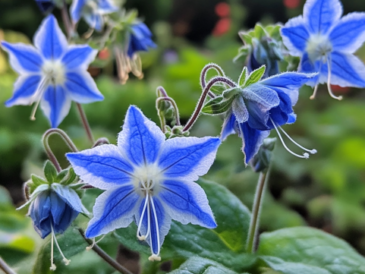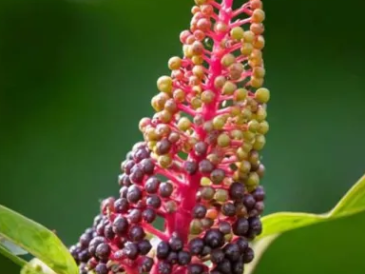As autumn approaches, hydrangea lovers need to shift focus and prepare these beautiful shrubs for the winter. With the right fall care, you can promote healthy growth, prevent disease, and ensure a stunning bloom come spring and summer. Below are five essential tasks for fall hydrangea care, plus three common mistakes to avoid for year-round success.
1. Preparing the Soil for Hydrangeas
Healthy soil is key to hydrangea care. In fall, it’s important to amend the soil to provide necessary nutrients and structure. Start by testing the soil’s pH; hydrangeas prefer a slightly acidic to neutral range (5.5 to 7.0). Based on results, adjust by adding lime (to raise pH) or sulfur (to lower pH). Add organic matter like compost to improve drainage and fertility, setting the stage for winter absorption.
2. Pruning Hydrangeas: The Right Approach
Pruning is essential, but timing and technique vary by hydrangea type. For varieties like Hydrangea macrophylla, which bloom on old wood, prune right after summer flowering. In fall, only remove dead or diseased branches to avoid cutting next year’s buds. If you have new wood bloomers like Hydrangea paniculata, light pruning in late fall can promote vigorous growth in spring.
3. Watering Strategies for Fall
Keep hydrangeas well-watered through fall, ensuring deep, regular watering, especially during dry periods. Aim for a good soaking once a week, allowing roots to absorb moisture to sustain the plant over winter. Reduce watering as temperatures drop to prevent root rot from overly damp soil.
4. Mulching for Winter Protection
Mulch is your hydrangea’s best friend during fall. A thick layer (2-4 inches) of organic mulch—like shredded leaves or pine needles—protects roots from freezing, regulates soil temperature, and retains moisture. Just be sure to keep mulch a few inches away from stems to prevent rot and pest infestations.
5. Fertilizing Hydrangeas: A Gentle Boost
Fall isn’t the time for heavy fertilizing. Instead, apply a slow-release or balanced fertilizer in September to provide a gentle nutrient boost. Organic fertilizers, like compost, will slowly break down over winter, feeding your plants without promoting tender new growth that could be damaged by frost.
Avoid These Common Mistakes
- Heavy Pruning in Fall: Pruning too much removes new buds, leading to fewer blooms next season. Only trim dead or diseased branches.
- Overwatering: Excess moisture can cause root rot, especially in colder months when soil takes longer to dry out.
- Neglecting Pests and Diseases: Fall is still a critical time for monitoring plant health. Treat any signs of pests or diseases before winter hits.
Conclusion: Healthy Hydrangeas Year-Round
By focusing on soil preparation, proper pruning, smart watering, mulching, and mindful fertilization, you’ll set the stage for your hydrangeas to thrive through the winter and bloom vibrantly next season. Avoid common pitfalls, and your hydrangeas will reward you with lush growth and stunning blooms year after year!




